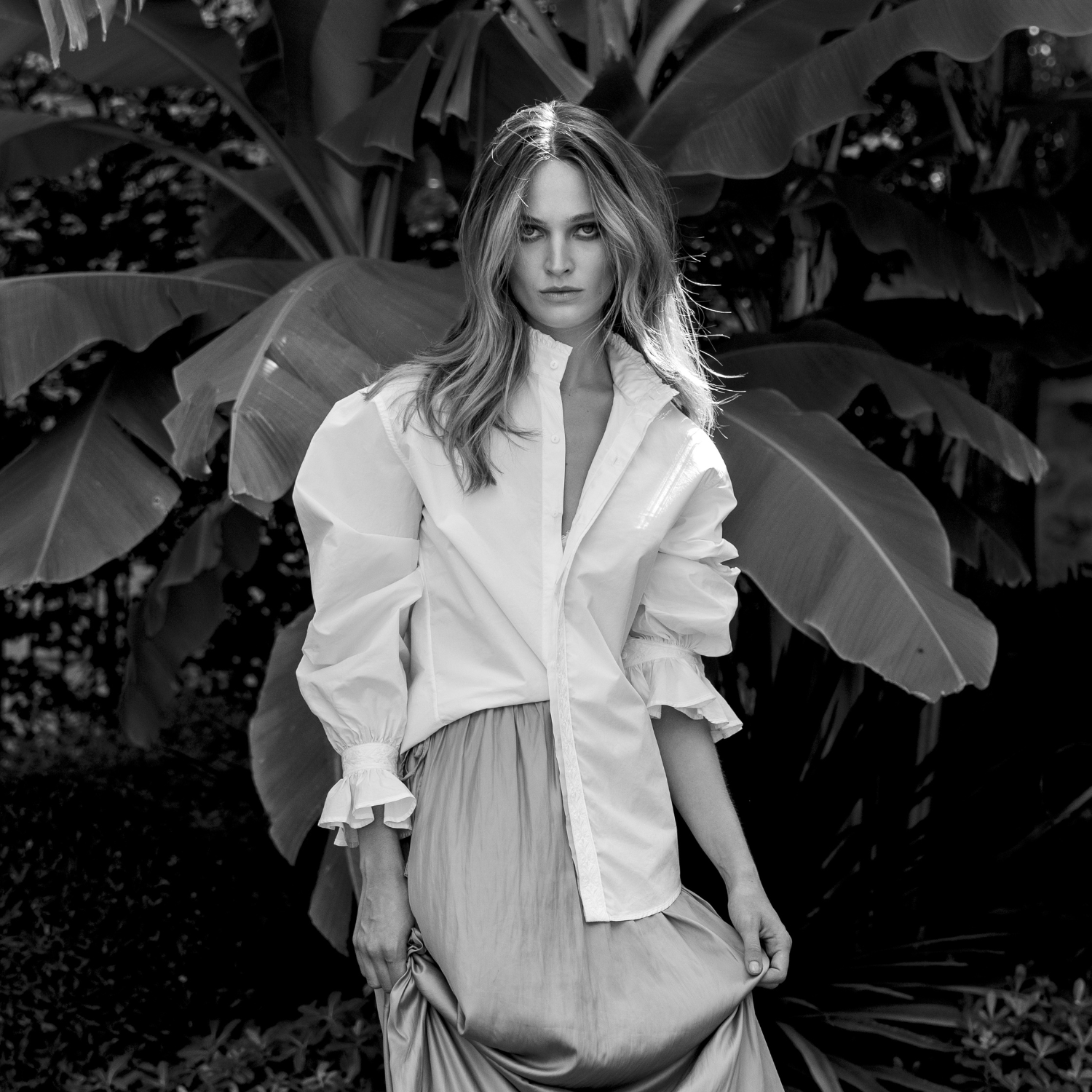
A Retrospective on the History of the shirt through centuries

In the Middle Ages, the shirt was a vital undergarment worn by both men and women. Made from linen or hemp, it was simple in design and primarily served to protect outer garments from sweat and dirt. Long sleeves and round or slightly open necklines were common, and the shirt remained hidden beneath tunics or dresses.

During the Renaissance, the shirt emerged as a visible and ornamental piece. Collars and cuffs were richly embroidered or adorned with lace, reflecting the wearer’s social rank. Noblemen wore shirts with jabots—decorative fabric ruffles on the front. Women’s shirts, often white, peeked out from under bodices, symbolizing purity and refinement.

In the 17th century, men’s shirts evolved into high-fashion items. Jabots became more elaborate, and shirts crafted from fine cotton or linen were considered luxurious. For women, shirts remained undergarments, though high collars and puffed sleeves began to appear. By the 18th century, men’s shirts became more streamlined yet remained status symbols, with rigid bib fronts foreshadowing the modern shirt. Women’s shirts continued to provide protection and modesty under corsets.


The Industrial Revolution transformed shirt manufacturing, making them accessible to a broader audience. Men’s shirts became daily essentials, featuring detachable collars for easier maintenance. Striped and patterned shirts emerged for the middle class, while white shirts retained their status symbolism. Women’s lighter shirts adapted to the era's high-waisted dress fashion.

The 20th century saw an explosion of shirt styles due to industrialization and advances in fabrics. Men’s shirts ranged from formal office attire to casual options like Hawaiian shirts in the 1950s. Button-down collars gained popularity thanks to brands like Brooks Brothers. Women’s shirts became wardrobe staples, especially in professional settings starting in the 1970s.

Today, shirts transcend genders, ages, and cultures, continually reinventing themselves. From classic white cotton to silk, denim, and technical fabrics, shirts remain essential. At Bourrienne Paris X, the shirt represents both heritage and modernity, showcasing French craftsmanship while meeting contemporary aspirations. Whether with reimagined jabots or clean lines, the shirt is an ode to timeless elegance.




